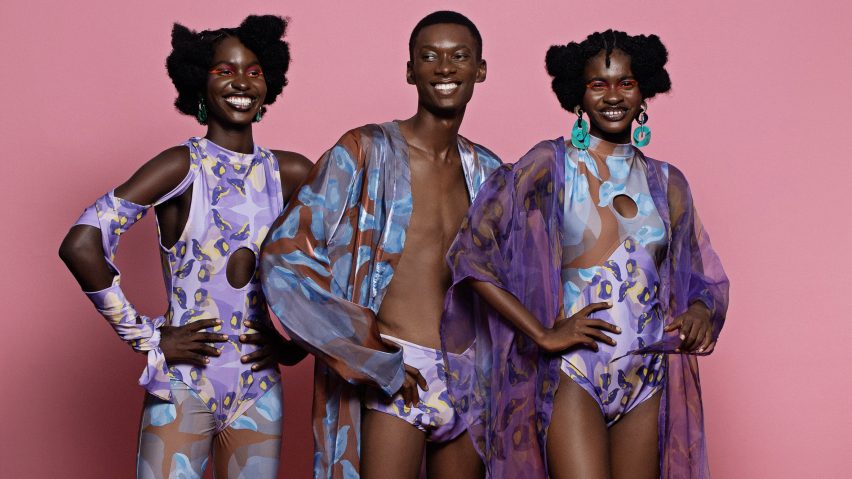
Six fashion brands pushing circular design beyond recycling
A new book by the Ellen MacArthur Foundation features pioneering fashion designers and brands who share their approach to designing for a circular economy. Here, editor Elodie Rousselot picks six of the most innovative.
The Circular Design for Fashion book is part instruction manual, part manifesto, and features practical insights from more than 88 contributors ranging from luxury conglomerates to independent labels from London to Lagos.
Following on from the foundation's more general guide to circular design, this latest publication zeroes in on the global fashion industry, which emits more greenhouse gases every year than France, Germany and the UK combined. Eighty-seven per cent of the textiles used to make clothing end up incinerated or in landfills.
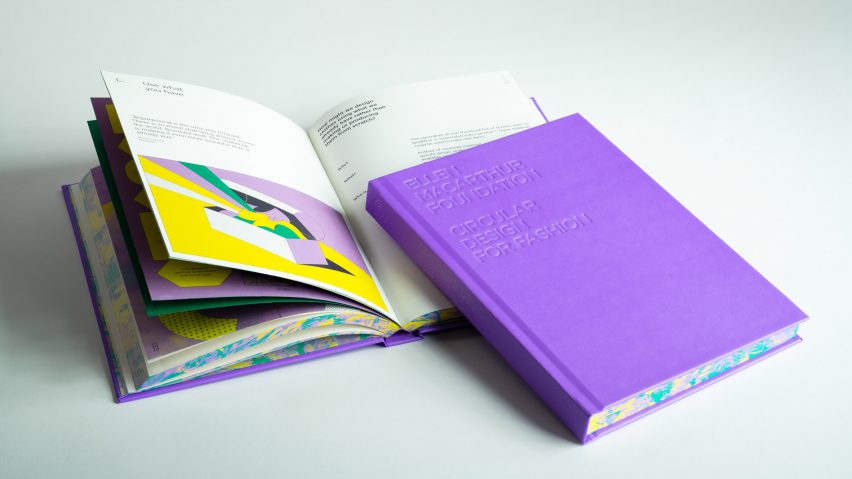
But in the last few years, many brands and designers in this space have started taking steps to eliminate waste and pollution from the lifecycle of their products.
"I think we're witnessing a beautiful moment in the industry, where many are actively looking at how they can change their businesses and the way they design products to be fit for the circular economy," said Rousselot, who is a strategic design manager at the Ellen MacArthur Foundation.
Circular design is about regeneration
This includes thinking beyond just end-of-life solutions, such as turning plastic bottles into T-shirts, to instead move towards actively regenerating local ecosystems and communities.
"Circularity is about designing for systems change, for a future where instead of being a source of global challenges like climate change or biodiversity loss the industry can become a solution to those issues," Rousselot argued.
"Fashion is a huge lever in the overall economy because it touches every one of us, and it also has links to the way we manage lands and agriculture because of the crops we use in order to produce fibres," she added.
"All of the contributors we have in the book go beyond designing aesthetically attractive, durable products with materials that are sourced sustainably, and incorporate aspects of community, place and designing for a better system."
In her research, Rousselot found that this move from an exploitative to a reciprocal relationship with nature often goes hand-in-hand with rediscovering indigenous knowledge and expertise.
"There is a real movement of going back to what is already known," she said. "Circular design is a new thing in Western countries. But when you speak to some designers in China or Africa, they'll tell you that's just the way that they do things."
Below, Rousselot spotlights six contributors from the book who are leading the charge towards a circular fashion industry.
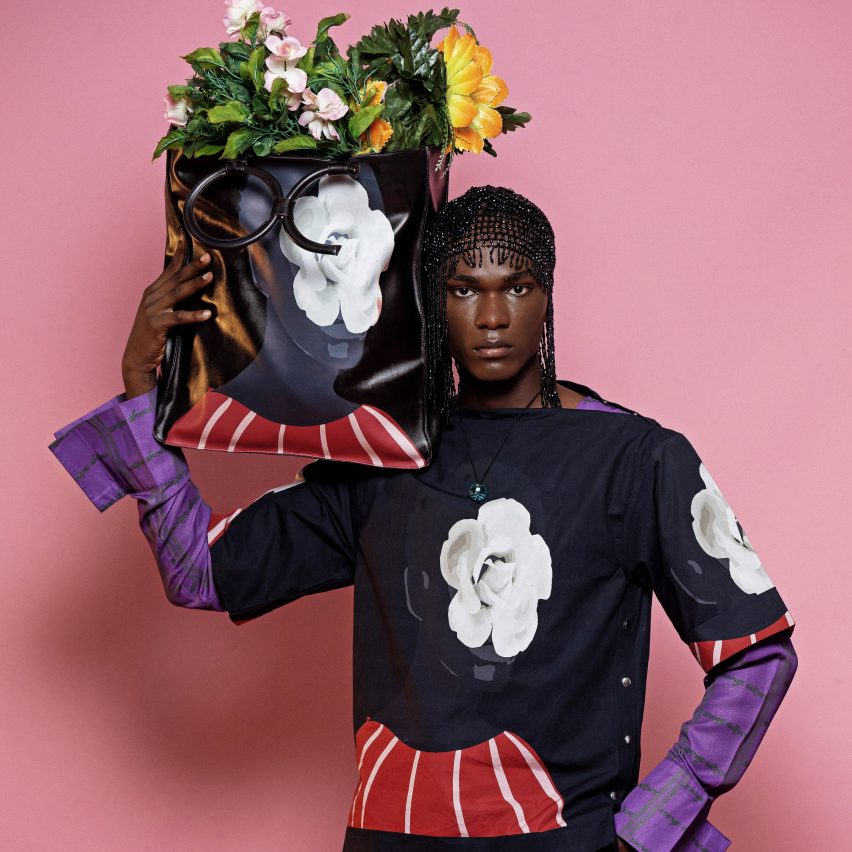
Orange Culture by Adebayo Oke-Lawal
Adebayo Oke-Lawal designs gender-fluid garments that are produced using a supply chain that is 90 per cent local to Nigeria and spans everything from material sourcing to dyeing and printing.
Through his Lagos-based label Orange Culture, the designer works to ensure that money stays in the community while educating his suppliers and staff about sustainable production methods so they can carry the learnings into other projects.
"Orange Culture uses the offcuts from its manufacturing process to form new products or elements such as lining," Rousselot said.
"They've also started asking their customers to return unwanted clothes, so they can be remade into new garments and resold. It goes beyond being a repair service. It's almost like giving another story to the garment."
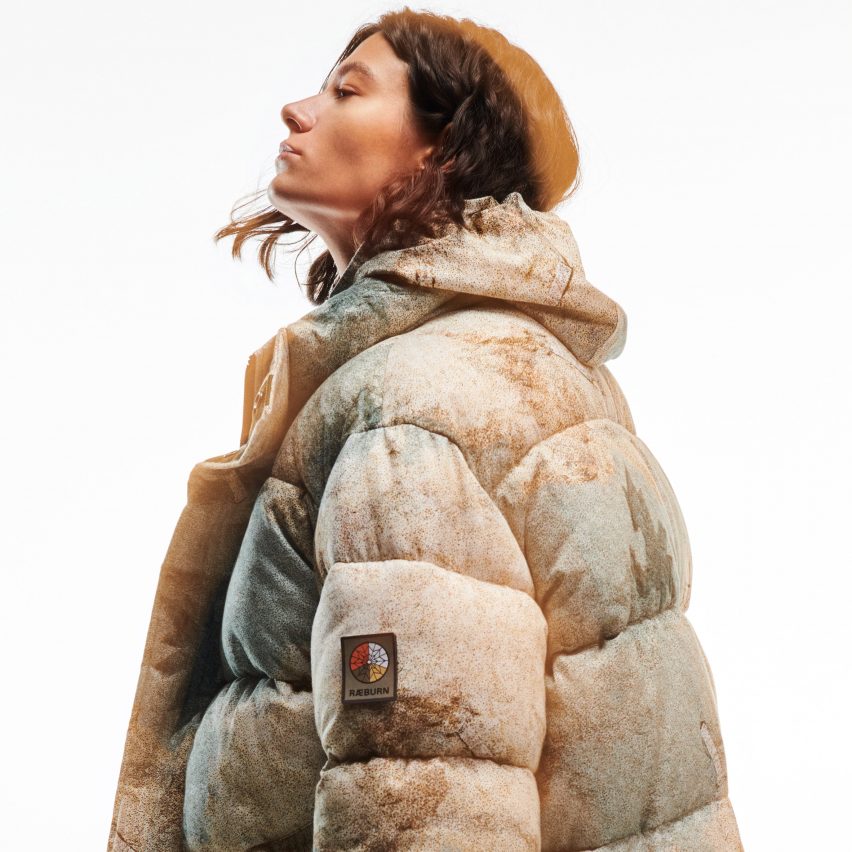
Raeburn by Christopher Raeburn
Christopher Raeburn started working with surplus fabrics and garments while studying fashion design in London in the early 2000s, buying unworn military jackets from the 1950s for £1 each and transforming them into new garments.
Since then, he has worked to scale up the use of reclaimed materials for mass production via his own British Fashion Award-winning label Raeburn, as well as transitioning Timberland to regeneratively farmed leather in his role as creative director for the footwear brand.
"He was one of the first to bring this practice to a commercial scale, in a way that is attractive and different from what you would expect from an 'eco brand'," Rousselot said.
"The community he is creating around circular design is the most beautiful thing about his work. He now has a space in east London where his team organises workshops so people can learn new techniques and sew together."
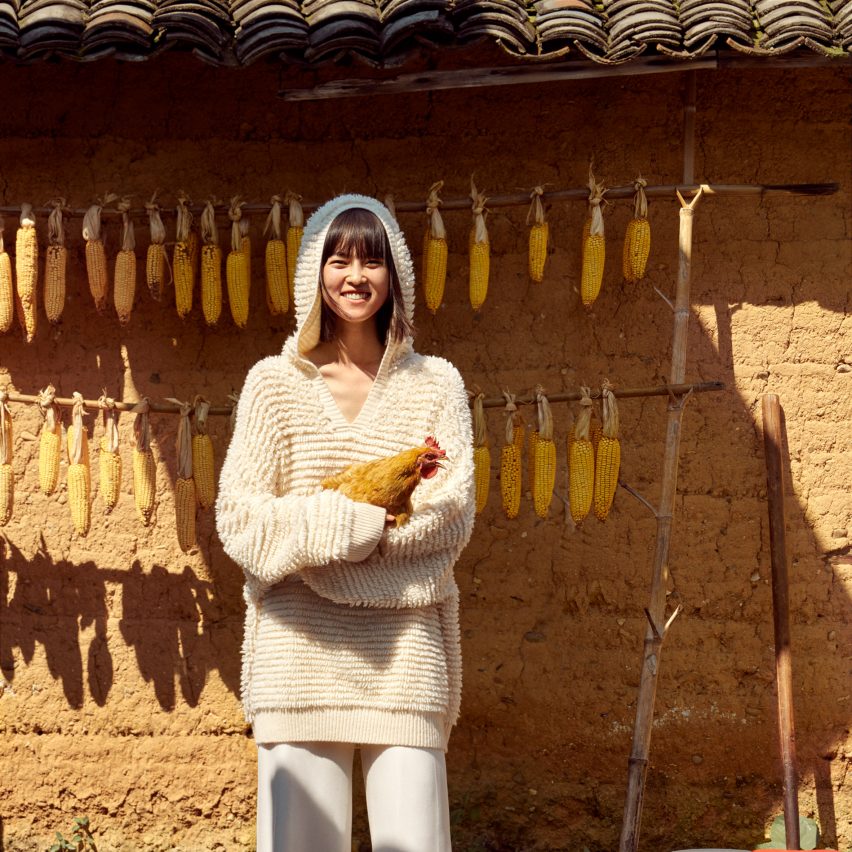
Icicle by Ye Shouzeng and Tao Xiaoma
Founded by husband-wife duo Ye Shouzeng and Tao Xiaoma in 1997, Chinese brand Icicle draws on five core materials – cashmere, linen, wool, silk and cotton – which are responsibly sourced and minimally processed to keep the focus on the fibres' natural beauty.
All of the brand's design and manufacturing is done in-house at its own factories, in order to ensure traceability while safeguarding the welfare of garment workers.
"They are bringing this different perspective to circular design, which is based on traditional Chinese philosophy and runs counter to the Western idea that we're born, we die and then that's it," Rousselot said.
"In many Eastern countries, life is already seen as a circular system of reincarnation. So Tao philosophy is all about living in moderation and in balance with nature. That's a very regenerative way of looking at life and Icicle is really bringing this philosophy to every detail of what they're doing."
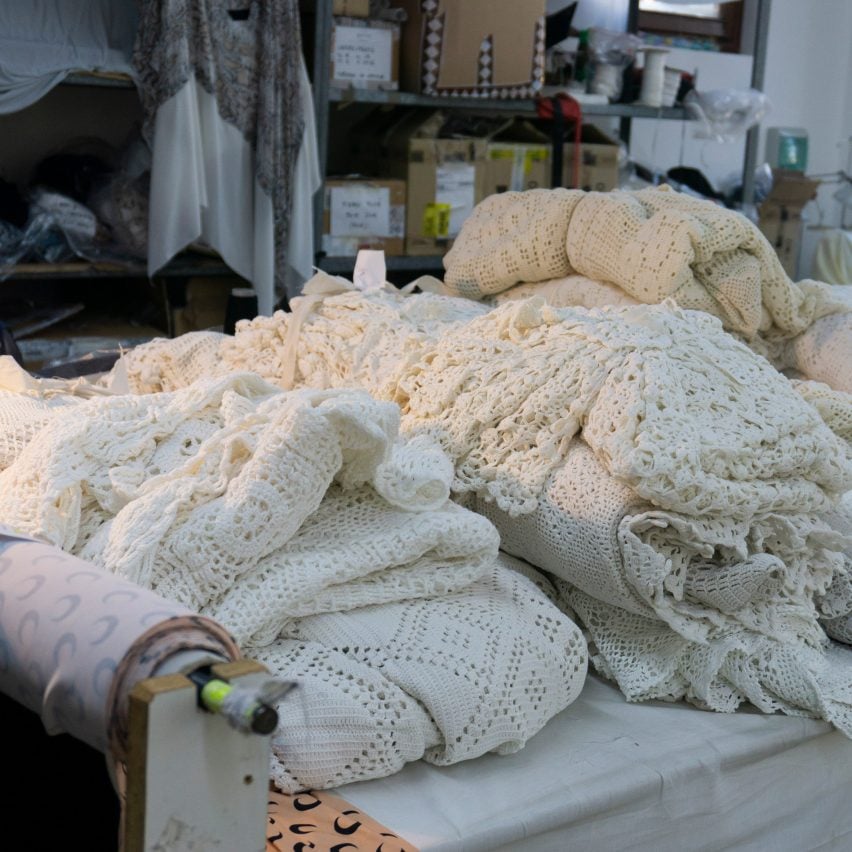
Marine Serre
Beyond her trademark crescent moon print, French designer Marine Serre is known for making 50 per cent of all her collections from reclaimed textiles such as household linens (above), carpets and towels.
Awarded the prestigious LVMH prize in 2017 and stocked by major retailers such as Selfridges and Browns, Serre's work shows that waste materials can have a place in the luxury fashion space – despite their dirty reputation.
"She's extremely cutting edge in the way she designs with these textiles," Rousselot said. "In fashion design, usually what students are taught to do is to define a colour palette that will guide their collection and then find the fabrics to match."
"But of course, when you start designing based on the material, this guides the colour palette and everything else about your collection. So it's a totally different starting point."
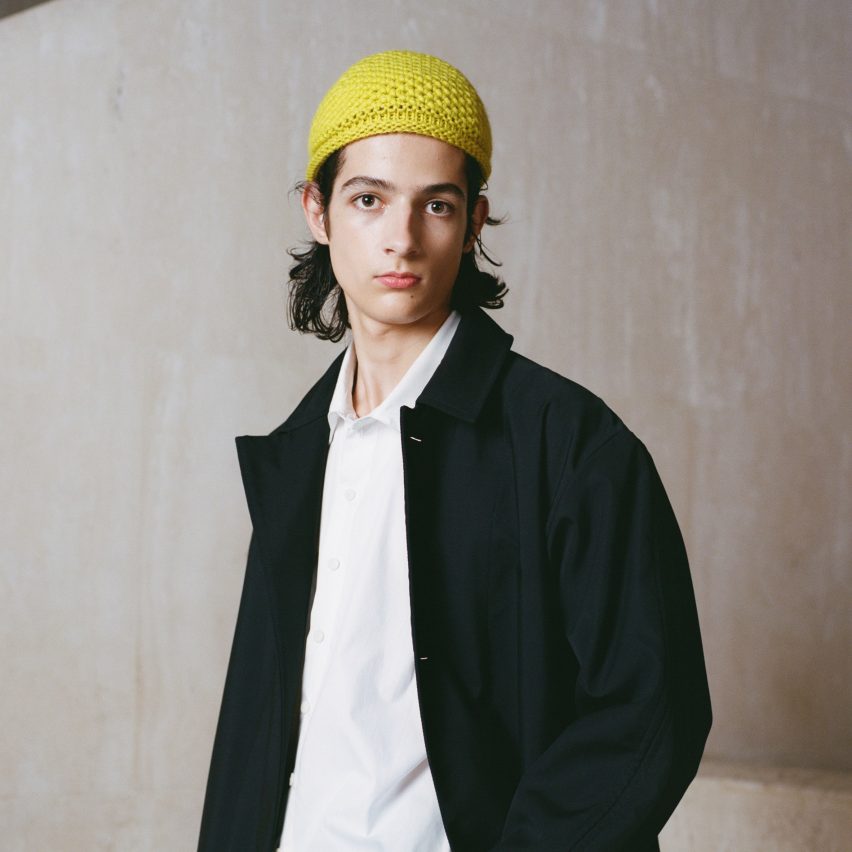
Fibershed
Fibershed is a non-profit that helps brands to access hyper-local textile supply chains, making use of regenerative farming practices that trap carbon in soil rather than just emitting it.
In collaboration with its regional arm in South East England, designer Phoebe English recently created a range of garments presented at the COP26 climate conference (above), for which all textiles were grown, dyed, spun and processed within a 250-kilometre radius of her London studio.
"This approach means you are not growing hectares of cotton, you're growing different types of crops that naturally thrive in the area such as nettle or hemp," Rousselot said.
"These crops are grown in a way that is balanced with the environment and actually helps rebuild soil health, captures carbon and fights biodiversity loss."
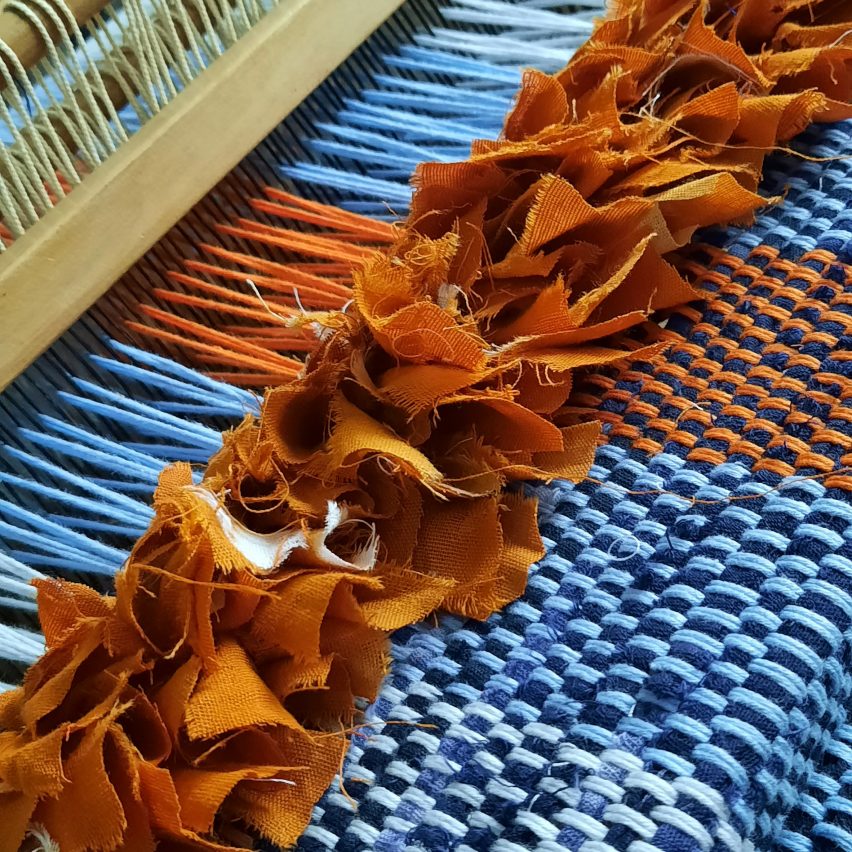
Nkwo by Nkwo Onwuka
British-Nigerian designer Nkwo Onwuka developed a new African textile called Dakala, which resembles handloom-woven cloth but is made by stripping and sewing together pieces of discarded denim.
With the aim of "weaving waste into wealth", she now trains local women in Abuja to use their skills in traditional textile crafts to create new clothing from the mountains of garment waste that are shipped to Nigeria from western countries.
"She's also started looking at sourcing cotton locally," Rousselot explained. "Nigeria doesn't grow a lot of cotton but unlike in Kyrgyzstan, where it's a cause of desertification, in Nigeria it can grow rain-fed so it doesn't require extra irrigation."
"She's creating this system where profit is distributed locally so that the living and working conditions of local communities can improve through her activity."
Dezeen is on WeChat!
Click here to read the Chinese version of this article on Dezeen's official WeChat account, where we publish daily architecture and design news and projects in Simplified Chinese.